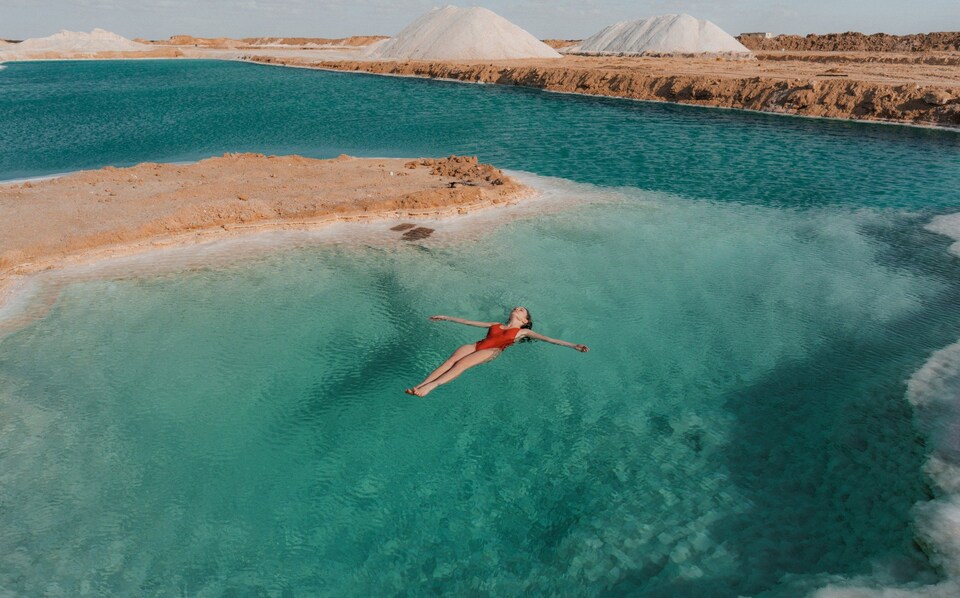Alexandria & Siwa Oasis

Here is brief information about Alexandria and Siwa Oasis:
Alexandria:
1. Location:
Alexandria is a port city located on the Mediterranean coast of Egypt. It is the second-largest city in the country after Cairo.
2. Historical Significance:
Founded by Alexander the Great in 331 BCE, Alexandria has a rich history and was a center of culture, learning, and trade in the ancient world.
3. Attractions:
Qaitbay Citadel: A 15th-century fortress located on the Mediterranean Sea, offering panoramic views of the city.
Bibliotheca Alexandrina: A modern library that pays homage to the ancient Library of Alexandria, known for its architectural significance.
Pompey's Pillar: A colossal granite column, dating back to the Roman period, situated in the Serapeum of Alexandria.
Montaza Palace: A former royal palace surrounded by lush gardens, located on the Montaza Bay.
4. Corniche and Seaside:
The city has a picturesque Corniche along the Mediterranean shoreline, lined with cafes, restaurants, and a vibrant atmosphere.
5. Catacombs of Kom El Shoqafa:
An ancient burial site dating back to the 2nd century AD, featuring a series of tombs and chambers with a mix of Egyptian, Greek, and Roman influences.
6. Modern City:
In addition to its historical sites, Alexandria is a modern city with cultural institutions, markets, and a diverse culinary scene.
Siwa Oasis:
1. Location:
Siwa Oasis is located in the Western Desert of Egypt, near the border with Libya. It is one of Egypt's most isolated oases.
2. Unique Culture:
Siwa Oasis is known for its distinct Berber culture and traditions. The Siwans, the local inhabitants, have their own language and customs.
3. Historical Sites:
Oracle Temple of Amun: An ancient temple where Alexander the Great is said to have been recognized as a divine conqueror after consulting the Oracle.
Shali Fortress: A mud-brick fortress in the old town of Shali, showcasing traditional Siwan architecture.
4. Natural Springs:
Siwa is famous for its natural springs, such as Cleopatra's Bath, Bir Wahed, and Fatnas Island, offering opportunities for relaxation and swimming.
5. Desert Excursions:
Visitors can explore the surrounding Sahara Desert, including the Great Sand Sea, on desert safaris, often using 4x4 vehicles or engaging in sandboarding.
6. Traditional Crafts:
Siwa is known for its traditional crafts, including handmade jewelry, pottery, and textiles created by local artisans.
7. Amazigh (Berber) Festival:
Siwa hosts an annual festival celebrating the Amazigh (Berber) culture, featuring traditional music, dance, and cultural events.
8. Salt Lakes:
The oasis is surrounded by salt lakes, providing unique landscapes and opportunities for photography.
Both Alexandria and Siwa Oasis offer distinct experiences — Alexandria with its historical significance, Mediterranean charm, and cultural attractions, and Siwa Oasis with its tranquil desert oasis setting, unique culture, and natural beauty.

